RSS

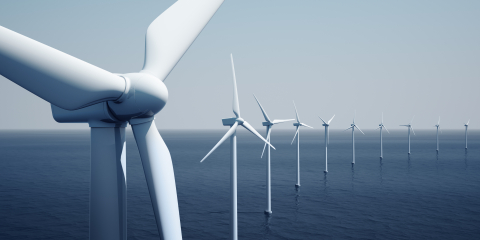
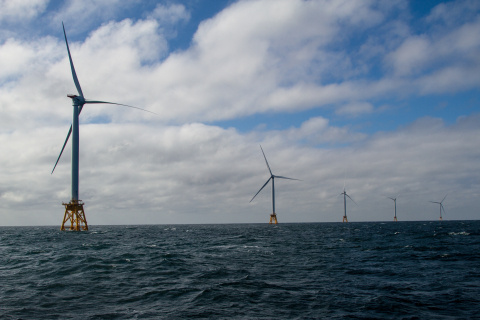

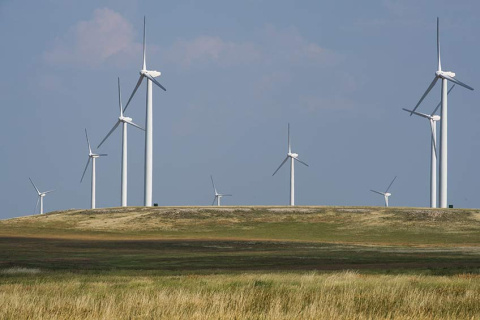
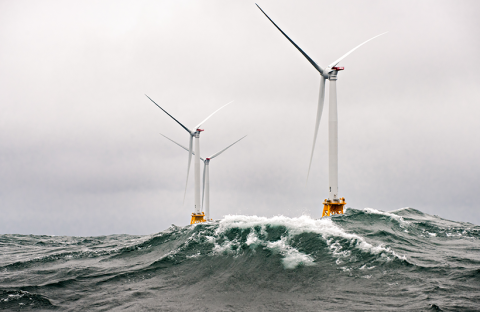
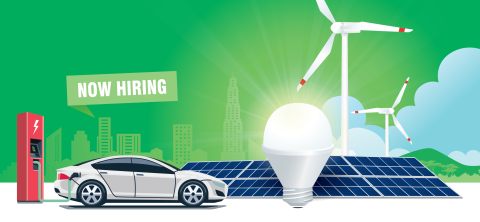
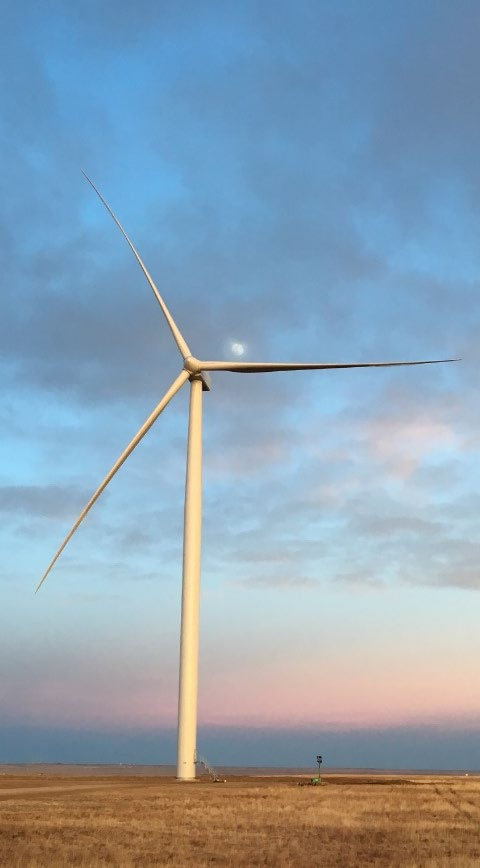
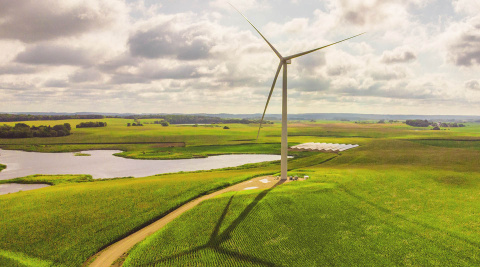
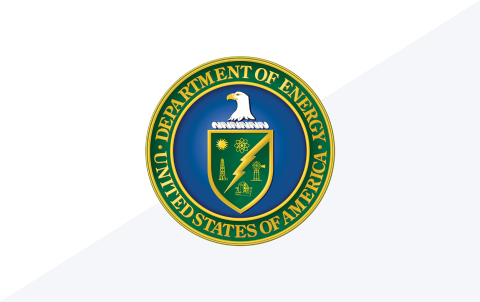
Stay current on wind energy news from the U.S. Department of Energy. For more detailed updates on wind energy research and development activities, breakthroughs, and resources, see our wind newsletters.
Subscribe to the WETO E-Newsletter
Stay informed by receiving the latest wind energy news, events, and updates.

Using, reusing, recycling, and remanufacturing wind turbine materials—combined with technology engineered to use fewer materials and resources—will produce components that can easily be broken down for use in other applications.

Our spring newsletter is an opportunity to look both backward and forward—at wind energy research and development (R&D) accomplishments from the previous year and at the U.S. Department of Energy’s (DOE’s) plans for advancing wind energy in the future.

A new, comprehensive approach is now available for evaluating renewable energy project revenue and value holistically.

NREL and six leading industry organizations have joined forces in developing a national Wind Cybersecurity Consortium. The consortium will improve U.S. wind fleet cybersecurity through collaborative analysis, development, and information sharing.

FAST.Farm, a new modeling tool from NREL, will help users predict the power performance and structural loads of wind turbines within a wind farm, enabling them to maximize the farm’s power production and reliability.

The purpose of the Supply Chain Roadmap is to present the collective benefits of a domestic supply chain and facilitate the acceleration of the offshore wind industry in the United States.

We need to revolutionize how we generate and use electricity, by making renewable energy sources like wind and solar more abundant, more affordable, and more accessible to everyone. See what we're doing about it.

DOE-funded 2020 research shows experts now expect land-based and offshore wind costs to decline ~35–50% by 2050, resulting in costs 50% lower than predicted in 2015.

Recently published resources from the National Rural Electric Cooperative Association (NRECA) illuminate how distributed wind projects can be used to benefit rural electric utilities and the communities they power.

National offshore wind goal will support 77,000 jobs, power 10 million homes, and cut 78 million metric tons in carbon emissions.

